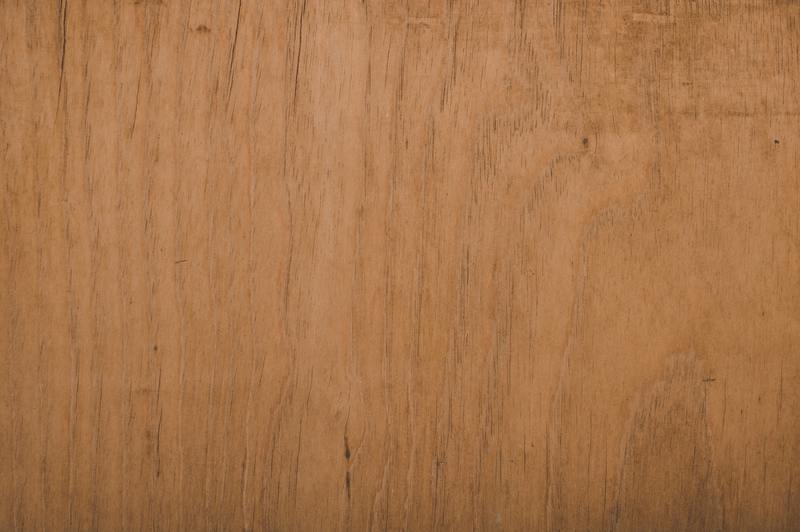Knowing how to clean water damaged bare wood is a requisite in any water damage restoration project, and it typically starts with drying. From there, you may choose to attend to stains caused by different types of liquid.
This article will talk about cleaning, sanitizing, and protecting bare wood. Be sure to read it until the end!

Steps In Cleaning Water Damaged Bare Wood
Cleaning is frequently the second step in restoring water-damaged wood or furniture. The first step is drying the wood. However, it being second does not make it less important than the first.
If anything, cleaning a water-damaged bare wood would make it easier for you to restore its former integrity, albeit not entirely fix it. Here are the steps in cleaning water-damaged unfinished wood.
Step #1. Dry the bare wood
Let the raw wood dry by setting a dehumidifier beside it. A dehumidifier would help in sucking the moisture from the wood and would hasten the drying process. You can also add a fan to help with the drying process of the wood.
Using the two pieces of equipment, you can cut your drying time from weeks to a few days. Since the drying process takes a while, we advise you to attend to the source of your water damage so that it won’t affect your other wood structures.
Step #2. Inspect
Inspect the parts of the wood that cannot be salvaged. Also, examine the pieces of the wood with stains.
Document the damage to the wood and other pieces of furniture that have been affected by water damage. Documentation is vital for your insurance claim to be accepted. Also, review your insurance coverage with your lawyer to strengthen your insurance claim, and ensure the validity of your water damage claim.
Step #3. Clean
If the water damage on your bare wood is due to food spills, you can use a natural dish soap and water mixture to clean it. You have to dip a sponge in the soap and water solution. However, make sure to wring the water thoroughly to make the sponge damp but not too wet.
Then, wipe the spill with the sponge. After that, get a damp cloth and wipe the soap mixture off the wood.
Afterward, let the wood dry. If the stain is challenging to remove, you can use a soft-bristled brush to scrub it off.
That’s how you clean bare wood. If you wish to elevate your knowledge about cleaning, proceed to the next part of the article.
Products for sanitizing bare wood
Since bare wood may house bacteria or fungi, especially after water damage, it is essential to sanitize them. Here are the products that you can use to sanitize your unfinished wood:
White vinegar
This is a home staple, so it is accessible for you to use. You need a cup of white vinegar mixed with a gallon of warm water to make your sanitizing solution.
Then, dip your cloth and wring it. Afterward, apply it on your bare wood and let it dry.
Mineral spirits
Wear a respirator when you work with mineral spirits. This is because mineral spirits are toxic and highly flammable.
However, they work well in sanitizing your unfinished wood. They are usually sprayed on the bare wood surface.
Use a non-abrasive scrubbing pad to rub it in the wood. Wipe the excess mineral spirit with a clean rag, and then leave it to dry.
Murphy’s oil soap
Make Murphy’s oil soap and water solution by combining a tablespoon of oil soap and a half-gallon of warm water. Then, apply the mixture using a cloth that is not overly wet with the solution.
Then, use a clean towel to remove the excess moisture. If there is residue on the bare wood surface, mix a ¼ cup of Borax with a gallon of warm water.
What to do after cleaning and sanitizing
After cleaning and sanitizing, the most logical thing is to protect your unfinished wood from water damage. While there are instances where the water damage on bare wood is not extensive, there are also instances where the damage is irreversible. In those cases, they do not only affect one structure in your home.
Also, they may result in mold growth which can affect your health. Water damage can also lead to higher water bills. This means that the cost of repair will be expensive.
Since we do not want that for you, we recommend ensuring that your plumbing system is intact and without leaks. Check your gutters and roof for leaks as well.
On a more specific note, you can wax your bare wood to protect it from water damage. We recommend this because wax repels water and maintains the beauty of your wood.
After applying wax, leave it to dry for a few minutes. Then, use a buffer to make your bare wood shine.
Conclusion
Bare wood has its appeal and is especially charming to artists who want to customize their furniture. However, leaving them unfinished also makes them vulnerable to water.
Fear not, though, because this article proves that it is easy to learn how to clean water damaged bare wood. Despite this, we still hope you ensure proper home maintenance to prevent water damage on your raw wood.
